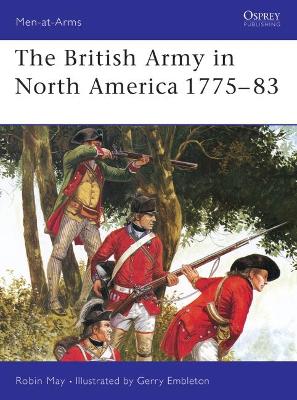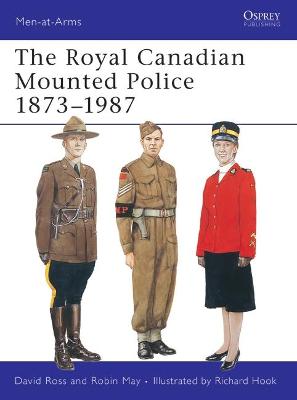Men-at-Arms
3 primary works
Book 39
For sheer guts, the Redcoats' behaviour at Bunker Hill, Saratoga and other bloody encounters has rarely been surpassed. The Americans won, but only just, and then thanks to foreign intervention and a small number of dedicated and valiant patriots who were continually let down by their own people. Robin May's splendid work looks at the British Army that fought in the American Revolution from 1775 to1783. It details the soldiers who faced the difficulties of campaigning in America along with the gross inefficiency and corruption at home which, along with their generals' often blundering conduct, were as deadly enemies as the Americans.
Book 48
The British victory at Quebec in 1759 was a landmark in the history of North America. In this year of miracles, according to Horace Walpole, one could never afford to miss a single copy of a newspaper for fear of missing a British victory somewhere. Of all the pivotal figures in the Seven Years' War (1756-1763), a cast which included George Washington, Sir William Johnson, Lord Howe and Montcalm, Major-General Wolfe remains etched most deeply in Americans' memories for his heroic leadership at Quebec. Enhanced by illustrations and photographs, this book focuses on the British forces throughout their disastrous and triumphant wilderness campaigns which ultimately ensured the birth of the English-speaking United States of America.
Book 197
In 1870, after completing a 1000-mile trek across Canada, Lt. W.F. Butler, an officer of the British Army, recommended the establishment of a 'well-equipped force from 100 to 150 men, one-third to be mounted' for the purpose of policing the North West; three years later, the North West Mounted Police was established. By the late 1980s, this force, now the Royal Canadian Mounted Police (RCMP), had grown to include 18,000 members, with a budget of more than $1 billion. This book outlines the origins and evolution of the RCMP, detailing its formation, tasks, uniforms and insignia.


